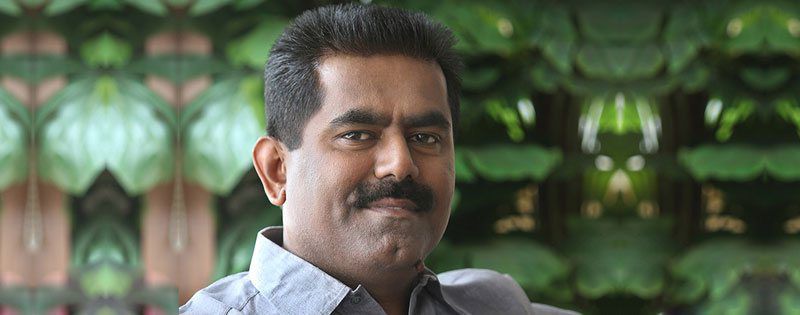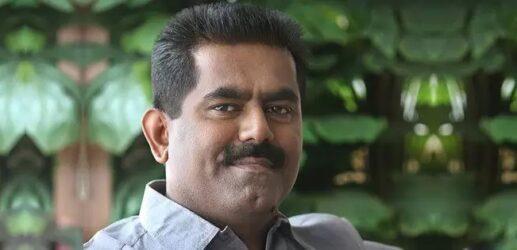Message From MD June – 2021
01 June 2021

Dear friends,
COVID is with us for the last 15 months, and we were able to successfully manage the first phase, whereas we miserably failed to address the second phase. The first phase also had the good, the bad and the ugly faces, whereas we witnessed the horrible face in the second wave last month.
In March 2020, India imposed one of the world’s strictest lockdowns when confirmed coronavirus cases had just passed 500. Almost everything, except essential services and businesses related to food or medicine, was shut, causing a sudden shift in community sentiment as if confirmed cases had shot up. But along with some unease, there was also a sense of national pride. India, it seemed, was tackling the issue head-on. India started reasonably well. All of us felt good.
While WHO praised India’s aggressive lockdown and social distancing measures, the country’s initial response was lacking in many other crucial areas like testing, quality and availability of personal protective equipment, and a huge number of localised quarantine and Heath care facilities. That was a real bad situation. With just four hours’ notice, when India’s lockdown was announced, millions of migrant workers who live hand-to-mouth without an income desperately tried to walk hundreds of kilometres to their home town or village without food or water. At the same time, those left behind were turned into beggars—the ugliest face of the first wave of COVID in India.
Once the cases from the first wave began dropping and reached a low, there had been an overwhelming feeling among the general public that the worst was behind and they were out of danger. It was partly fuelled by irresponsible statements from several political leaders, leading people to believe that India had defeated COVID inadvertently. Central and state governments were not stopping religious festivals or elections despite the initial spike in infections, which may have exacerbated the surge.
It is also likely that the surge could be fueled by more infectious variants, which weren’t there during the first wave. Finally, infections increased, death rates went high, a second centralised lockdown affected, the economy crashed, and we are back to bad days.
Vaccination is one way to slow down the spread, but this depends on the speed and availability of the shots. Let’s all get vaccinated at the nearest possible moment and fight to survive the pandemic and worst economic conditions.
In 2019, we commonly used the phrase “going to the office” to mean a physical act, quite literally getting in your car or two-wheelers to a place called the office of Asset Homes or project site. If you went away, you would put an “away from the office” message on your email. But the year 2020 has changed how we define the office. It’s no longer precisely a physical place. Post-COVID, I think we will accept that the office is not necessarily a physical space but a working state. This does not mean we won’t go to those places. Also, you may have specific tasks where your physical presence matters. Good working relationships and trust get built over those coffees and lunches. We can’t replace those. But I hope we can be more flexible about how we ask people to work and find a better balance. The idea that you must be physically present to be productive is just not valid. Leaders should be focused on making work inspiring, compelling, and engaging, whether that work is done at the office or not.
Leaders must engage and strengthen overall connections with team members. Recognising and addressing the core human emotions of grief, loss, and anxiety in the workplace is a chance to rebuild organisational health, productivity, and talent retention. Transparent and inspiring communication is crucial to make this next unsteady phase a stage of success.
In addition to moving decisively on strategic changes, leaders need to help rattled workforces believe in the future. For many people, their leader has been a zone of relative stability during a time of chronic uncertainty. Employees have viewed corporate leaders as the most trusted source of information since the frantic days of the pandemic. Leaders may be tempted to withdraw into small, tight decision-making task forces to make critical decisions as quickly as possible. Instead, they can use this moment to define and demonstrate a shared sense of purpose with employees, who will be looking for leadership and ways to engage themselves. Purposeful leaders will want to share execution plans broadly with team members to solicit input and engage them in its challenges.
Friends, it’s a tough time, but we are all born to win. The days of celebrations are not far. Let’s continue to work hard and get ready to reap the harvest.
Warm regards
Sunil Kumar
Founder and Managing Director
Asset Homes








